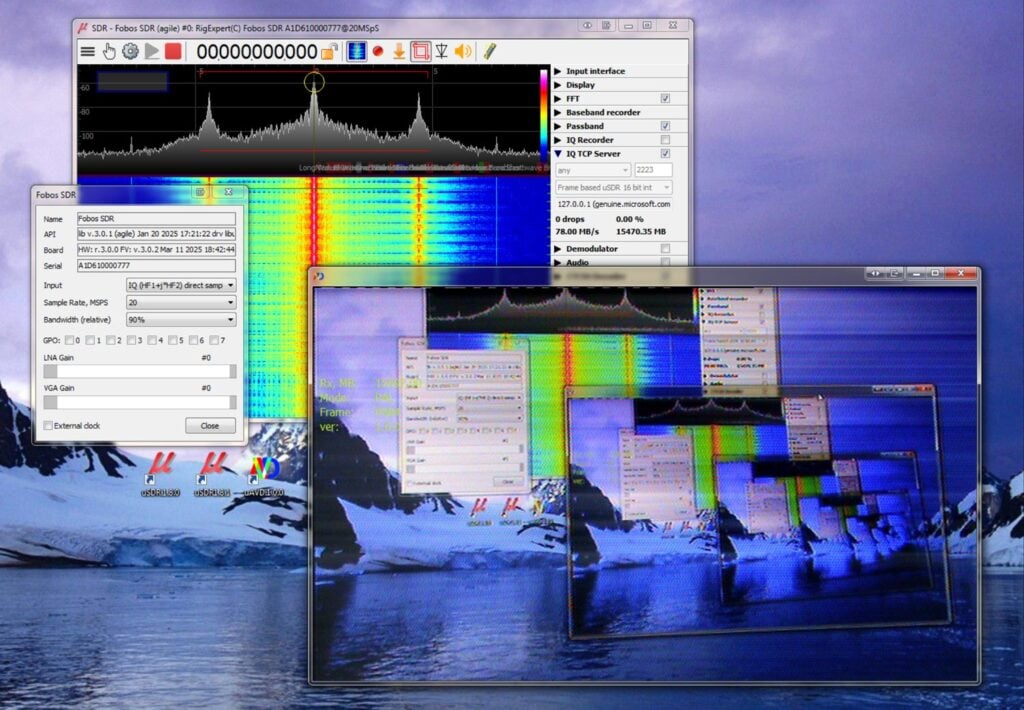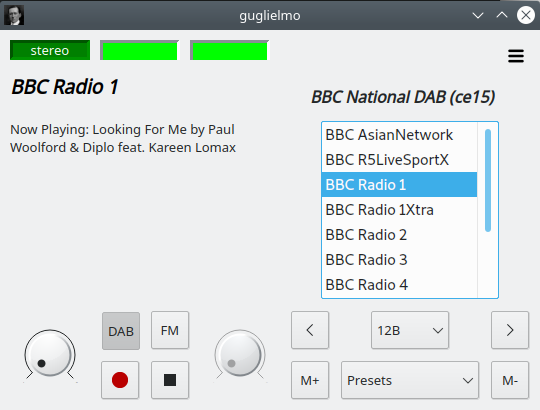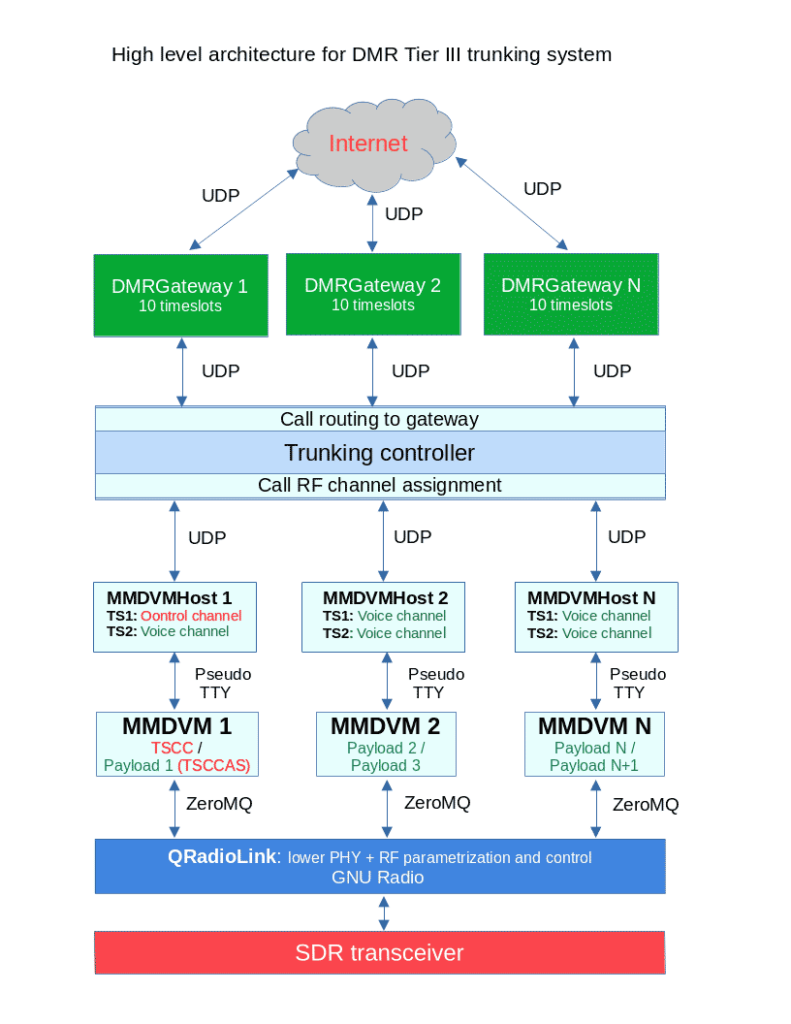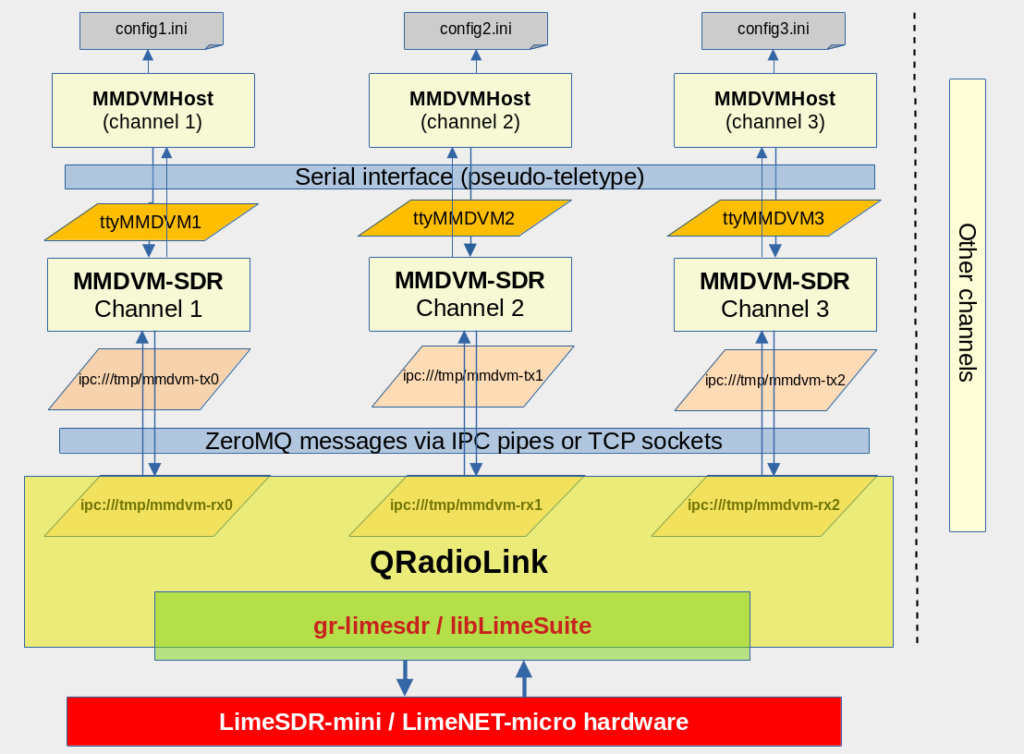uAVD: Analog Video Decoder Windows Software for SDRs
Thank yoy to Viol Tailer for submitting news about the release of his new software called "uAVD - Analog Video Decoder". uAVD is capable of demodulating the following:
- AM (broadcast analog television - NTSC, PAL, SECAM)
- FM (FPV drone video links)
- RAW (composite output from VHS, camcorders, game consoles)
The software uses the uSDR software as a host, and it passes the IQ passband stream to the uAVD via a uSDR-TCP link. uSDR is a lightweight general purpose multimode software defined radio receiver Windows application that we have posted about on the blog in the past. Currently, it supports RTL-SDR, AirSpy, BladeRF, HackRF, FobosSDR, and LimeSDR devices.
The software supports full color and grayscale modes. With a wideband receiver, it will be possible to receive full-color video. With the reduced bandwidth available with an RTL-SDR, only grayscale will be available.
The code is not open-source, but the software is freely available from SourceForge.
The image below shows it being used to receive video from a camcorder composite video output. A FobosSDR used in direct sampling mode is used to receive the signal.

Below is a video from a user of the software demonstrating it in action.





